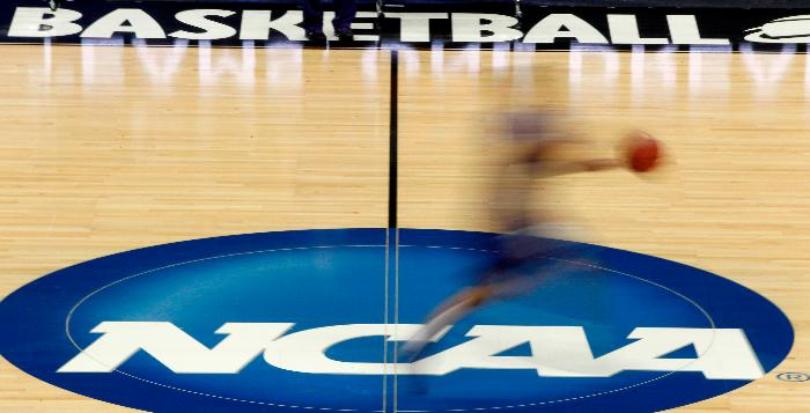
The NCAA’s decision to allow college athletes to profit off their own likeness is a landmark victory for those individuals, but a costly one for a majority of students at D-I universities, especially those at non-power conference schools like USF and UCF, where athletic budgets have been underwater for years as the programs try desperately to keep up with the NCAA’s powerhouses.
The Tuesday news paves the way for college athletes to sign endorsement deals and collect other revenues by 2021. It also will pave the way for the biggest athletic programs in the nation to increase their recruiting dominance and widen the gap between the “haves” and “have nots,” as national exposure will become even more valuable to star athletes.
That will make it harder for schools in mid-major conferences, like the American Athletic Conference, to compete on the recruiting trail, and thus, further limiting the revenues those schools need to compete everywhere else.
As USF and UCF — and to a lesser degree FIU and FAU — have demonstrated, limited television and booster revenues will not stop their spending. Instead, the universities (all of them in Florida, except FSU and UF) lean heavily on student fees and foundation dollars (that could pay for academics) to balance their athletic budgets.
And the more athletes stand to make by playing at the NCAA’s most-recognized universities, the harder the challenge becomes for all those other universities to recruit, command television dollars, and sell merchandise.
In addition to the recruiting challenges the decision could create for mid-major programs, it could also affect bottom lines if the money athletes collect from sponsors and merchandise comes at the expense of their universities. The NCAA’s most prominent athletic programs will have no problem absorbing the blow, but smaller-budget programs very well might.
If big-time sponsors decide to spend their marketing dollars on individuals instead of the athletes’ teams, those teams will have no option but to turn to student money and/or university dollars to keep the lights on. The overwhelming majority of NCAA athletic programs are not profitable.
To be certain, the NCAA’s decision was applauded Tuesday as the right thing to do for athletes who couldn’t even make a buck signing an autograph to pay for a slice of pizza on a Friday night. But sometimes the right thing to do comes with a price.
You hope it’s corporations and bloated bowl games that shoulder the load of that price as the NCAA’s business model is forced to evolve. But universities will have to evolve as well, and without lucrative jersey sales or national TV time to entice recruits to most of Florida’s schools, that evolution could include a lot of growing pains.



One comment
Dave Galehouse
October 31, 2019 at 3:00 pm
This notion that these programs are dripping in money and college athletes are getting taken advantage of is simply not true. About 80% of D1 football programs lose money. Rutgers lost 27 million on football in 2017 and 2018 while the students pay 11 million dollars in athletic fees to subsidize a football program that isn’t profitable. Cal has 20 million dollar interest only payments on their stadium that go till like 2079, putting their athletic department in deep debt. Uconn threw away 20,000 unsold bowl tickets a few years ago. Why should a college athlete be able to profit off their likeness for a program that is losing money and being funded by regular students and taxpayers? The reason the school needs to control that likeness is because of the multi-billion dollar investment the school has made building and maintaining the school and athletic department which makes scholarships available in the first place for kids that can neither afford these schools or possibly get in on their academic record alone. People keep comparing them to actors or musicians at school who can act or plays shows for money, but that is a terrible comparison because the school did not build a 300 million dollar theatre or movie set on campus for those students to use to make money! An athletes likeness only has value because of the investment the school (taxpayers) have made and we can’t simply say the athlete deserves money at the expense of someone else just because they play sports. 90% of the money generated through tournaments and bowls goes directly back to the programs and helps fund 50 different programs on campus all critical to making sure the athletic department is solvent, otherwise those scholarships cannot exist.
Comments are closed.